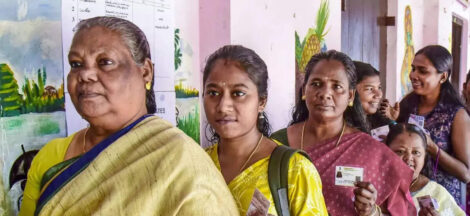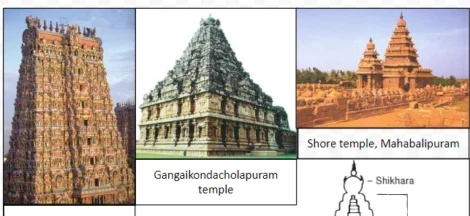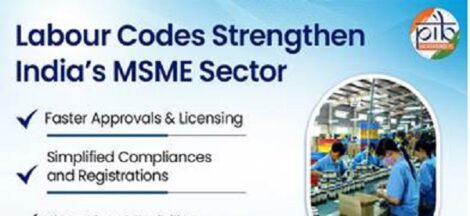By Kalyani Shankar
India celebrates September 5 as ‘Teacher’s Day’ every year remembering late philosopher-teacher President Sarvapalli Radhakrishnan. The country honours best teachers on this day. This year too the best teacher awards have been announced but for the first time, the scheme has been totally changed to enable the teachers to apply online. Over 6,600 teachers applied for the Award and 45 meritorious teachers have been chosen. There are 1,24,755 teachers in the country according to 2017-18 official figures.
Since the subject is vast covering millions of students in schools and colleges, I want to focus on the problems pertaining to higher education. The upward mobility of the middle classes has enabled more students to go for higher education. Today there are 903 universities and institutions. There are 10,011 standalone institutions and 37,977 affiliated colleges and PG centres and 1,550 constituent institutions. But do they get quality education?
The HRD minister Prakash Javadekar has taken up some measures to fulfill the promises made in the 2014 BJP manifesto though implementation remains a key challenge. He has put behind the Rohit Vemula and Kanhaiya Kumar controversies and started and addressing other concerns. Several initiatives of the government are good but they have to be holistic. He reels off an impressive list of new initiatives which include stablishing 20 world-class universities in the country, reviving ranking of the educational institutions, pushing for quality education and accountability, freeing IIMs from government control, the graded autonomy for top schools, reviving the CBSE Class X board exam and establishment of an online academic depository. Seven new Indian Institutes of Management (IIMs), six Indian Institutes of Technology (IITs) and two more Indian Institutes of Science Education and Research (IISERs) had been started. As part of educational reforms, the ministry is also in the process of scrapping the two-year B. Ed course replacing it with a four-year integrated programme. Massive Open Online Courses (MOOCs) have been started under SWAYAM scheme and on-line degrees have also been approved. A single testing agency is also on the cards. The New Education Policy, which is in the making, may be finalized before 2019.New Higher Education Regulatory Council subsuming all current regulatory authorities such as UGC, AICTE and NCTE is under way, which has created some controversy.
The question is whether there is some disconnect between what is taught and what is needed in a rapidly changing global scenario and whether the students get quality education in schools and colleges. This is imperative because by 2050 India will have about 1.1 billion young people in the labour market, the highest in the Asia pacific. India’s aspirational youth want better education, and they want it now.
Is the country ready to provide that? The HRD ministry claims to be making efforts to meet the challenge. While adult literacy levels are rising, only 6 per cent of Indians graduate from a college, though in absolute terms the numbers enrolled in colleges are about 31.56 million. The drop-out rates is on the increase. Moreover, it is frustrating for the youth who come out of the colleges when they don’t get jobs.
To boost the HRD ministry’s efforts, the Union Finance Minister Arun Jaitley had announced a series of new moves in the 2018 budget. The government has allocated Rs 1 lakh crore to update the education infrastructure and technology over the next four years to tone up the system.
Indeed driving more accountability into private colleges is a must, as better regulation is needed in these institutions. Some of them run without even the required infrastructure. While a few elite universities get support, they lack quality. There is every need to boost efforts in research. India has 7.8 scientists per 1,000 people compared to 180.7 in Canada, 53.1 in South Korea, and 21.2 in the United States. Clearly, much more needs to be done if India wants to become a super power and compete globally.
The BJP’s manifesto promise of spending 6 per cent of the GDP is still a pipe dream. There are other reforms, which are yet to be undertaken. The shortage of teachers needs to be addressed. Teacher- student ratio is also quite irrational. Of the 17,106 teaching positions in Central universities, one third was vacant last year. About two-thirds of colleges are privately managed, and more than half are in rural areas. While more public – private participation is required, the quality should not be sacrificed.
The Indian economist and Nobel Laureate Amartya Sen has pointed out some of the malice that is haunting the education system like using control of public funding as a bludgeon, prioritizing programs of study to suit political priorities, the encroachment of religion, the appointment of party favorites as chancellors and administrators, and funding given to works of anti-intellectualism. Whether one agrees with it or not, there are gaps in the system which needs to be looked into. (IPA Service)
The Picture Is Taken from Internet.
The post Higher Education Overhaul Needs More Thought appeared first on Newspack by India Press Agency.



